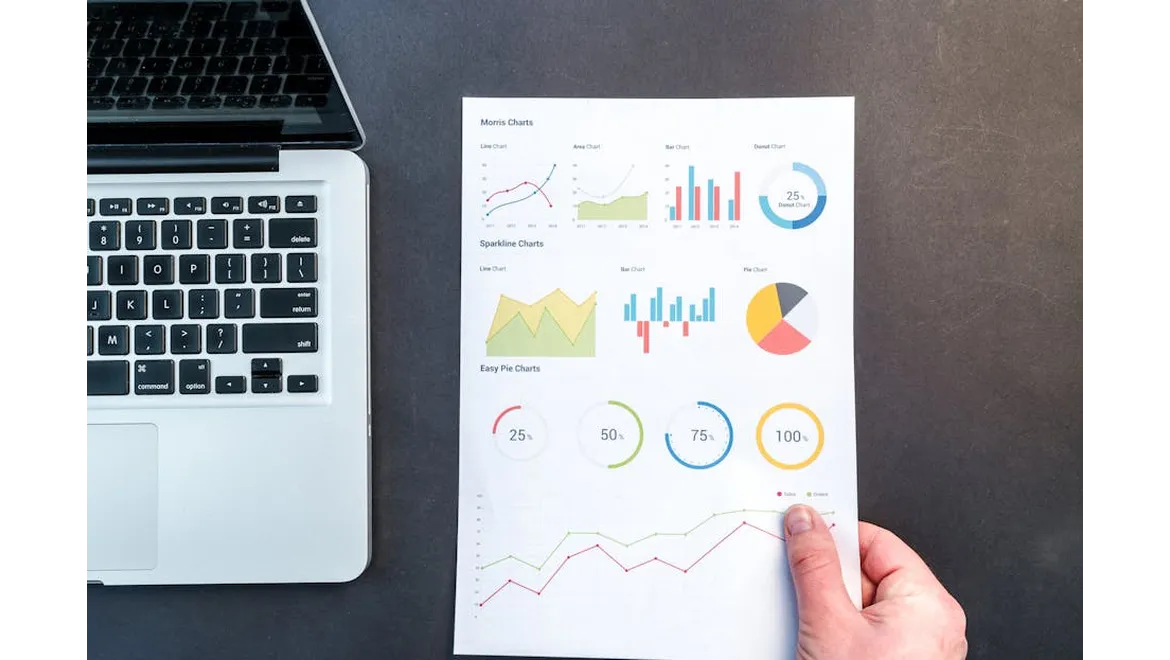So, I was chatting with Benjamin the other day – he’s a whizz at generating leads for his SaaS business – and we got onto the topic of LinkedIn. We both agreed that the days of relying solely on InMail for lead generation are well and truly over. People are bombarded with generic messages, and frankly, they’re just not effective anymore.
“It’s all about being smarter,” Benjamin declared, swirling his coffee. “It’s about understanding your audience inside and out and engaging with them in a way that shows you get them.”
And that’s where data-driven audience insights and predictive lead scoring come in. We spent a good chunk of time discussing how to leverage these tools effectively. Here’s the gist of what we covered:
1. Deep Dive with Sales Navigator:
First things first: LinkedIn Sales Navigator is your best friend here. It’s not just a glorified search engine; it’s a powerful tool for understanding your target audience’s behaviour.
- Advanced Search Filters: Forget basic job titles. Use Sales Navigator’s advanced filters to pinpoint prospects based on seniority level, company size, industry, keywords in their profiles, and even the groups they belong to. For instance, if you’re targeting marketing managers in the fintech sector, you can narrow your search down precisely to that group.
- Lead Recommendations: Sales Navigator provides lead recommendations based on your saved searches and leads. Pay attention to these! LinkedIn’s algorithm is pretty good at suggesting profiles that align with your ideal customer profile (ICP).
- Activity Tracking: This is where things get really interesting. Sales Navigator allows you to track your leads’ activity. See what they’re posting, commenting on, and sharing. This gives you valuable insights into their interests and pain points. For example, if a prospect frequently shares articles about cybersecurity challenges in cloud computing, you know that’s a topic of interest to them.
2. Beyond Sales Navigator: External Data Enrichment
Benjamin emphasised that LinkedIn data is just the starting point. Combining it with external data can give you an even richer picture. Consider using tools like Clearbit or ZoomInfo to enrich your Sales Navigator leads with additional information like company revenue, technology stack, and email addresses.
3. Predictive Lead Scoring: Prioritise Your Efforts
Now, let’s talk about predictive lead scoring. This involves assigning a score to each lead based on their likelihood to convert. The higher the score, the more likely they are to become a customer.
How do you build a predictive lead scoring model? There are a few approaches:
- Manual Scoring: Start by identifying the characteristics and behaviours that are common among your existing customers. This could include things like job title, industry, company size, engagement with your content, and participation in relevant LinkedIn groups. Assign points to each of these factors, and then use this system to score your leads manually.
- Automated Scoring: Several marketing automation platforms offer built-in predictive lead scoring capabilities. These platforms use machine learning algorithms to analyse your lead data and automatically assign scores. Examples include HubSpot, Marketo, and Pardot. Integrating your LinkedIn Sales Navigator data with these platforms is key to leveraging automated scoring.
- Scoring Considerations: It’s crucial to consider both explicit and implicit data when building your lead scoring model. Explicit data is information that a lead directly provides, such as their job title and company. Implicit data is information that you infer based on their behaviour, such as their engagement with your content and their activity on LinkedIn.
4. Engaging Thoughtfully, Not Just Selling:
Once you’ve identified your high-potential leads, the next step is to engage with them in a meaningful way. This isn’t about sending them a sales pitch right away. It’s about building a relationship and demonstrating that you understand their needs.
- Personalised Connection Requests: Instead of sending a generic connection request, craft a personalized message that mentions something specific about their profile or their recent activity. For example, “I noticed your recent post about [topic]. I found it particularly insightful because [reason]. I’d love to connect and learn more about your work in [industry].”
- Content Engagement: Regularly engage with your leads’ content. Like, comment, and share their posts. This shows that you’re paying attention and that you value their contributions. Make sure your comments are thoughtful and add value to the conversation. Avoid generic comments like “Great post!”
- Group Participation: Join relevant LinkedIn groups and participate in discussions. This is a great way to connect with potential leads and establish yourself as an expert in your field. Share valuable insights, answer questions, and offer helpful advice. Be sure to abide by the group’s rules and guidelines.
5. Testing and Iteration:
Finally, Benjamin stressed the importance of testing and iterating on your LinkedIn lead generation strategy. Track your results, analyse your data, and make adjustments as needed. What’s working? What’s not? The key is to be constantly learning and improving your approach.
To recap, ditching the generic InMail blast and embracing a data-driven approach can truly transform your LinkedIn lead generation. By leveraging Sales Navigator, enriching your data, implementing predictive lead scoring, and engaging thoughtfully, you can focus your efforts on the prospects with the highest potential for conversion, ultimately driving more business your way. Understanding the target audience via their behaviors and career trajectories will set you apart and show true interest in their profession. It’s not just about the sales, it’s about forging connections.











